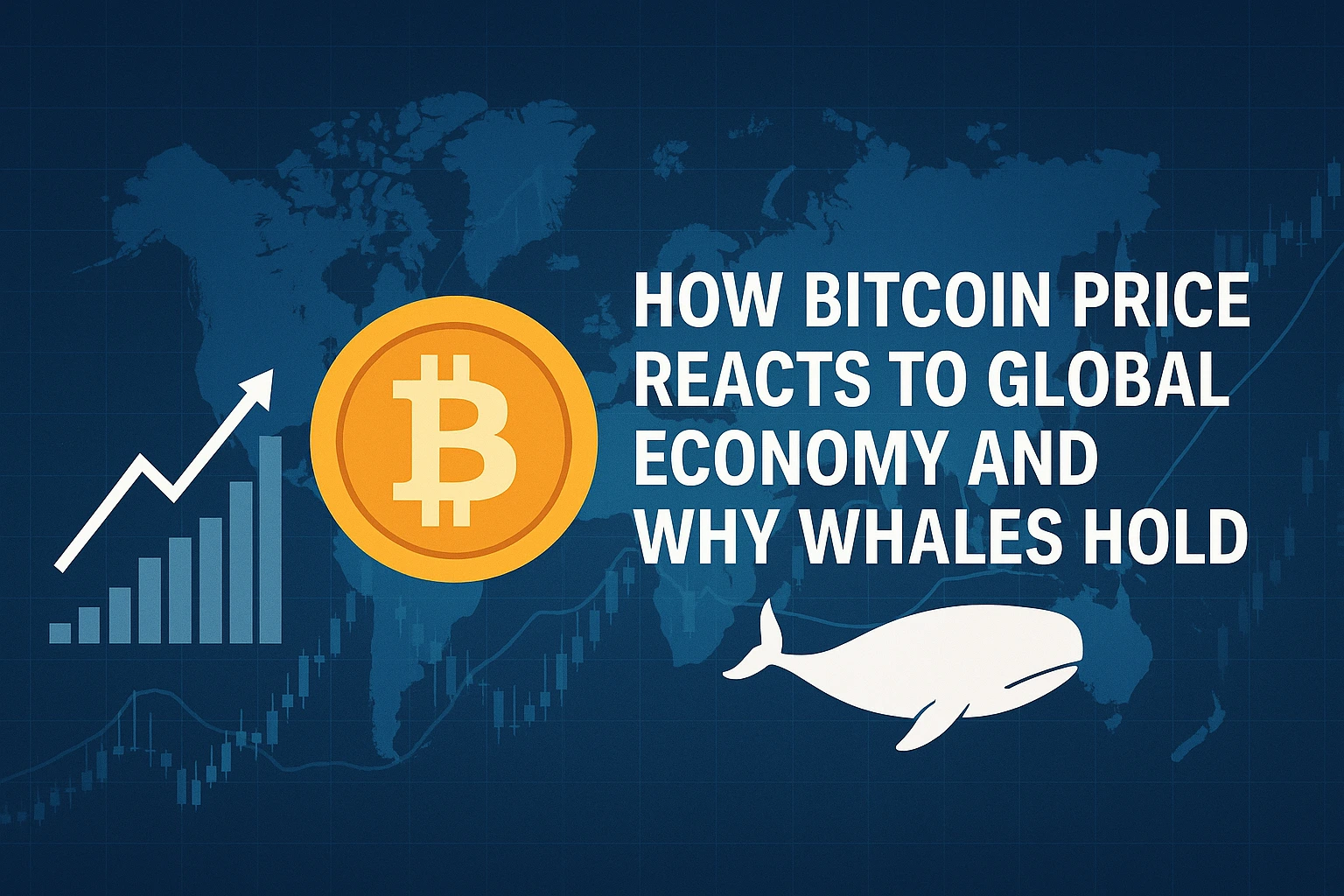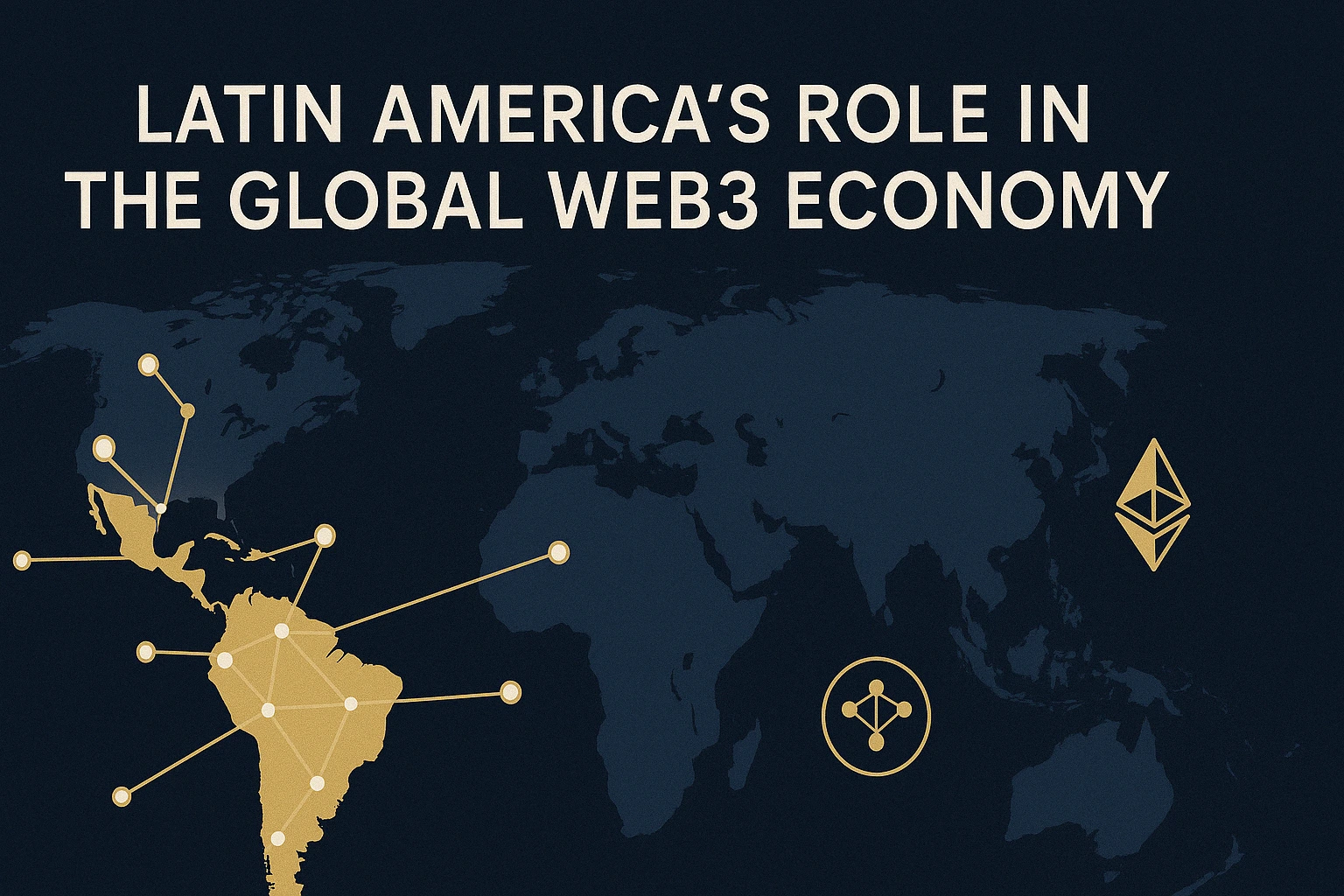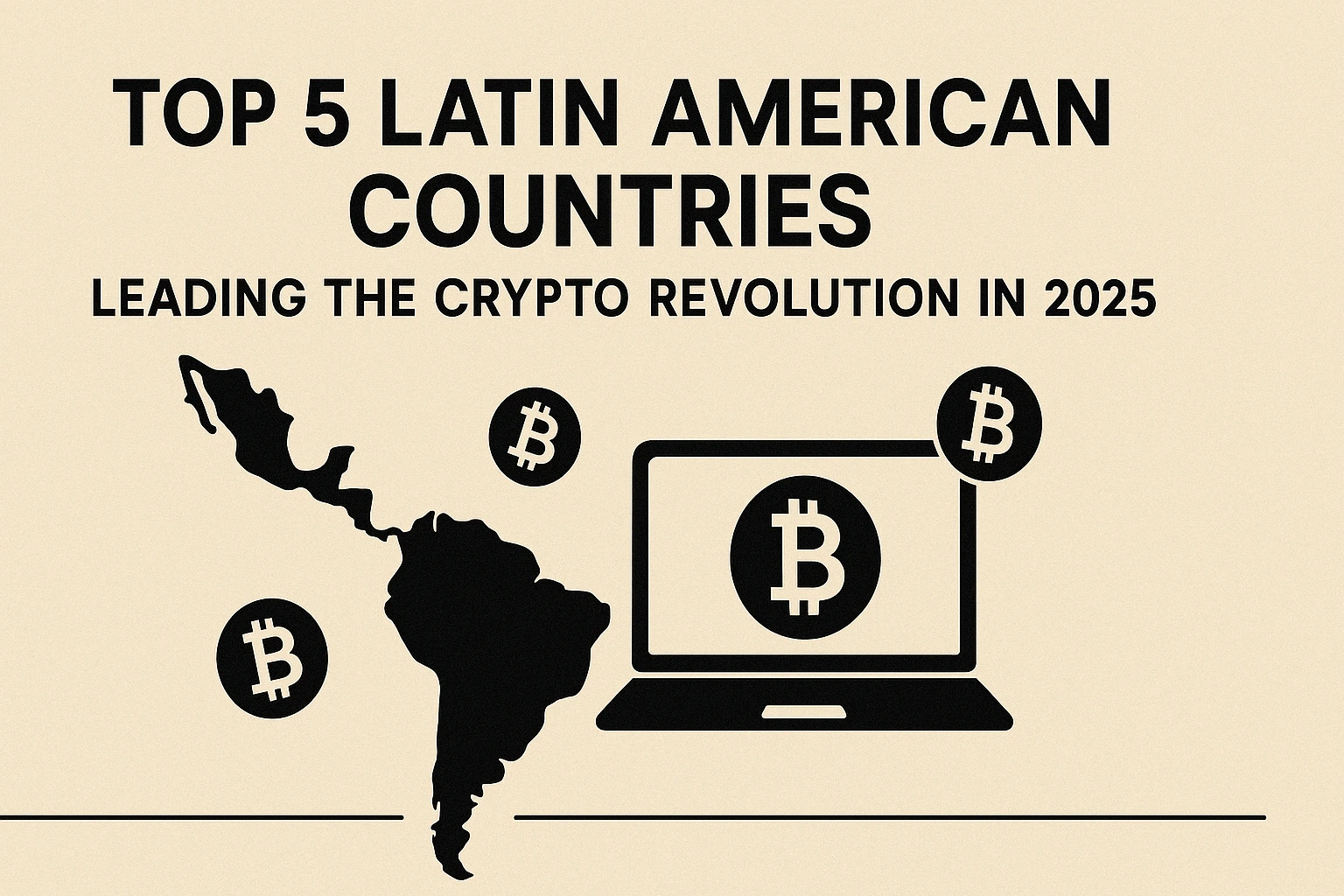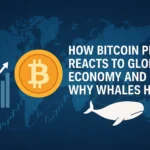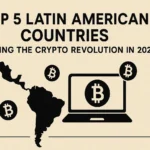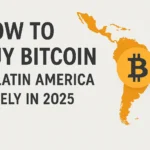Bitcoin has long transcended its early status as a digital novelty to become a significant player in the global financial system. Once viewed as an experiment in decentralized currency, it now influences economic debates, features in institutional portfolios, and acts as a hedge against macroeconomic instability. The price of Bitcoin is no longer governed solely by internal crypto market trends — it now dances in tune with global economic currents.
This article explores the intricate relationship between Bitcoin and global economic forces. We’ll investigate how inflation, interest rates, geopolitical instability, and central bank policies affect Bitcoin’s price. We will also dive deep into the psychology and strategy of “whales” — major holders of Bitcoin — and why they maintain strong hands during market turbulence.
Understanding Bitcoin as a Macroeconomic Asset
From Speculation to Store of Value
While Bitcoin began as a tool for anonymous, peer-to-peer payments, its role has evolved. By 2024, Bitcoin is increasingly treated as a digital alternative to gold — a scarce, deflationary asset that thrives in times of monetary uncertainty.
Key factors that transformed Bitcoin into a macroeconomic asset:
- Fixed supply of 21 million BTC
- Decentralized and censorship-resistant structure
- Global liquidity and 24/7 market
- Growing institutional interest (e.g., BlackRock, Fidelity)
- Correlation with macro factors like inflation and dollar index
Bitcoin’s Sensitivity to Global Economic Signals
Bitcoin has shown high sensitivity to global economic news. For example:
| Economic Factor | Impact on Bitcoin Price |
| US Federal Reserve Rates | Rising rates often reduce BTC price |
| Inflation Reports | Higher inflation boosts BTC interest |
| Stock Market Volatility | BTC seen as both risk asset & hedge |
| Geopolitical Conflicts | Often leads to BTC price spikes |
| Currency Crises | BTC adoption increases in weak FX |
In 2022–2024, Bitcoin reacted sharply to both positive and negative economic news, often amplifying trends seen in traditional financial markets.
Inflation, Interest Rates, and Bitcoin
Inflation Hedge or Risk-On Asset?
There is a growing debate on whether Bitcoin truly serves as an inflation hedge. Historically, BTC has responded positively to rising inflation — especially when fiat currencies like the US dollar or Turkish lira showed weakness.
Yet, Bitcoin’s performance in tightening monetary cycles (such as during the Fed’s aggressive rate hikes in 2022–2023) showed that BTC can also behave like a tech stock — sensitive to risk-off sentiments.
“Bitcoin is both a hedge and a high-beta asset. Its behavior depends on the investor narrative at the time.” — Matthew Sigel, VanEck
Central Banks and Bitcoin Market Sentiment
Central bank policy changes — especially from the Federal Reserve and European Central Bank — deeply influence Bitcoin market sentiment.
- Dovish policy (lower rates) → BTC often rallies as liquidity increases.
- Hawkish policy (higher rates) → BTC often sells off due to reduced risk appetite.
Whales and Their Long-Term Strategy
Who Are Bitcoin Whales?
“Whales” are entities that hold a significant portion of Bitcoin — generally over 1,000 BTC. These players include:
- Early adopters and miners
- Crypto hedge funds
- Exchanges
- Institutional investors
- High-net-worth individuals
As of early 2025, Bitcoin whales control more than 40% of circulating BTC, giving them the power to influence market direction.
Why Whales Prefer to HODL
Unlike retail investors who may panic sell during downturns, whales typically follow a long-term strategy rooted in fundamentals. Their reasons for holding BTC include:
- Belief in BTC as “digital gold”
- Expectation of future supply shocks (e.g., post-halving scarcity)
- Confidence in BTC’s ability to outlast fiat
- Strategic market influence: fewer active trades = higher volatility when they do move
Quote from WhalePanda (early BTC investor):
“Selling Bitcoin in a crisis is like selling lifeboats on a sinking ship.”
Bitcoin and Global Financial Crises
Bitcoin’s performance during financial crises offers vital insights into its evolving role within the global economy.
Case Study 1 — COVID-19 Crisis (2020)
When global markets crashed in March 2020 due to the COVID-19 outbreak, Bitcoin fell sharply alongside equities. However, the recovery was swift and significant, as massive stimulus measures increased liquidity.
- BTC dropped: ~50% in March 2020
- BTC recovered: 300%+ by year-end 2020
- Reason: Fed’s $2T+ stimulus weakened USD → BTC seen as hedge
This episode showcased Bitcoin’s dual nature: short-term correlation with risk assets, long-term outperformance when fiat is devalued.
Case Study 2 — Inflation Crisis (2022–2023)
As inflation in the US and Europe soared to 40-year highs, central banks raised interest rates aggressively. Bitcoin suffered as liquidity dried up, but it found strong support above the $15,000 mark — a clear signal of long-term holders accumulating.
| Event | BTC Reaction |
| US CPI > 9% (mid-2022) | BTC falls below $20,000 |
| Fed rate hikes to 5%+ | BTC consolidates, then recovers |
| Tech stock crash | BTC correlated, but rebounds faster |
Bitcoin’s resilience through these cycles has strengthened its image as a strategic asset for long-term protection against systemic failure.
Whale Behavior During Economic Turmoil
On-Chain Evidence of Whale Accumulation
Blockchain transparency allows analysts to observe whale wallet behavior in real time. During bear markets or economic shocks, whales typically accumulate rather than sell.
Indicators of whale accumulation:
- Rising balances in wallets with >1,000 BTC
- Declining exchange balances (BTC withdrawn to cold storage)
- Increase in dormant BTC (held for >1 year)
“The smart money moves silently. When everyone panics, whales accumulate.”
— Willy Woo, on-chain analyst
Famous Whale Moves in History
| Year | Whale Behavior Example | Market Outcome |
| 2013 | Winklevoss twins purchase 120,000 BTC | Price surges post-Mt. Gox crash |
| 2017 | Early miners hold BTC through $20k peak | Price crashes, whales profit from peak |
| 2020 | MicroStrategy buys 38,250 BTC | Institutional FOMO begins |
| 2022 | Whales hold through Terra & FTX collapse | BTC drops, but whales accumulate |
| 2024 | BlackRock ETF demand grows | BTC crosses $60,000 again |
Whales do not chase prices — they accumulate on dips and distribute when retail FOMO peaks.
Macroeconomic Indicators to Watch for Bitcoin Traders
To anticipate Bitcoin’s movements, traders increasingly monitor the following traditional economic indicators:
Key Indicators and Their Impact
| Indicator | What It Measures | BTC Impact |
| US CPI | Inflation Rate | High CPI → BTC up (store of value) |
| Fed Funds Rate | Interest Rate Policy | Higher rates → BTC down short-term |
| US Dollar Index (DXY) | Dollar Strength | Strong DXY → BTC weak |
| Treasury Yields | Bond Market Confidence | Rising yields → BTC under pressure |
| Gold Price | Risk Sentiment | Gold up = BTC often follows |
Long-Term Outlook: Why Whales Remain Committed
Bitcoin whales have a broader perspective. Unlike short-term traders, they often operate on 4–10-year horizons and base their decisions on macro cycles.
The Role of the Bitcoin Halving
The quadrennial Bitcoin halving, which cuts miner rewards in half, is a key long-term bullish catalyst. Historical data shows that prices typically surge 12–18 months after a halving.
| Halving Year | Price Before | Price Peak After | Increase |
| 2012 | $12 | $1,200 (2013) | 100x |
| 2016 | $650 | $19,700 (2017) | 30x |
| 2020 | $8,700 | $69,000 (2021) | 8x |
| 2024 | ~$28,000 | ??? (2025?) | ? |
“The halving is the heartbeat of Bitcoin’s economic model. It drives scarcity and attracts whales.”
— PlanB, Stock-to-Flow Model Creator
Institutional Confidence in Bitcoin
Whales are no longer just anonymous crypto OGs — they now include major players like:
- BlackRock
- Fidelity
- ARK Invest
- Tesla
- Square
These firms have long-term convictions and view BTC as an essential hedge in a multi-polar financial world.
Frequently Asked Questions (FAQ)
Q1: Why does Bitcoin react to the US Federal Reserve?
The Federal Reserve controls interest rates and liquidity in the financial system. Since Bitcoin is a speculative and macro-sensitive asset, its price often correlates with Fed policy direction — easing fuels BTC rallies, tightening dampens demand.
Q2: Do whales manipulate the Bitcoin market?
While they cannot directly manipulate price on-chain, their large trades and long-term holding strategies significantly influence market trends and sentiment.
Q3: Is Bitcoin better than gold in times of crisis?
Bitcoin has advantages in portability, divisibility, and limited supply. However, gold has a longer track record. Some investors diversify into both.
Q4: Can Bitcoin really protect against hyperinflation?
In countries with failing currencies (e.g., Venezuela, Argentina), Bitcoin adoption rises as a functional store of value. Its decentralized nature offers a safe haven where local currencies collapse.
Q5: Should retail investors follow whale strategies?
While retail investors may lack the capital of whales, adopting long-term thinking, dollar-cost averaging, and cold storage can mirror the most effective whale behaviors.
Conclusion: Bitcoin’s Future in a Volatile World
Bitcoin’s price is no longer isolated from the world — it is embedded in it. It reflects macroeconomic shifts, reacts to central bank policies, and moves with — and sometimes against — the tides of traditional finance. Whales understand this better than anyone, which is why they hold steady, even during chaos.
For investors seeking to understand Bitcoin’s role in a changing global economy, the key is clear: watch the world, watch the whales — and don’t get shaken out by short-term storms.

Georgia Briggs is a cryptocurrency market expert. She has been involved in the cryptocurrency market since its inception, and has a wealth of knowledge and experience when it comes to this exciting new industry. Georgia is passionate about helping others learn about and invest in cryptocurrencies, and she is dedicated to educating people on the potential benefits of this innovative technology.

